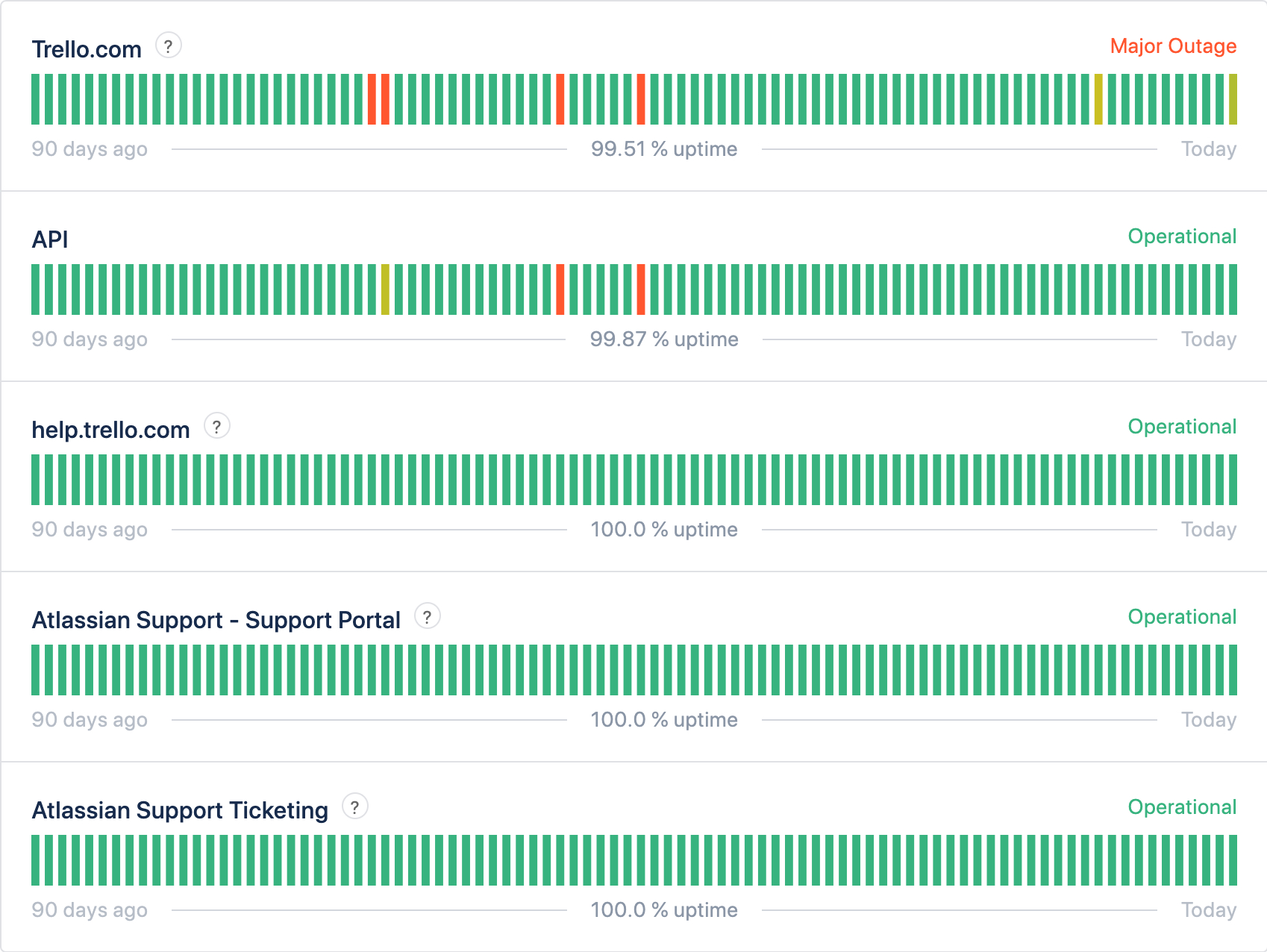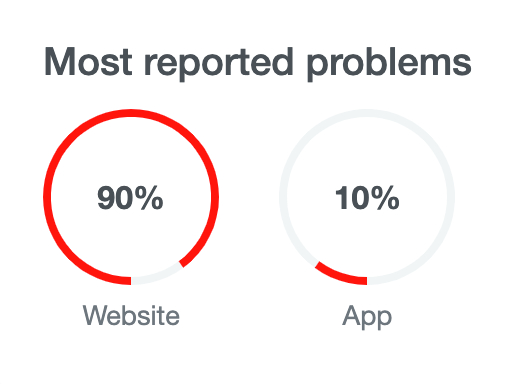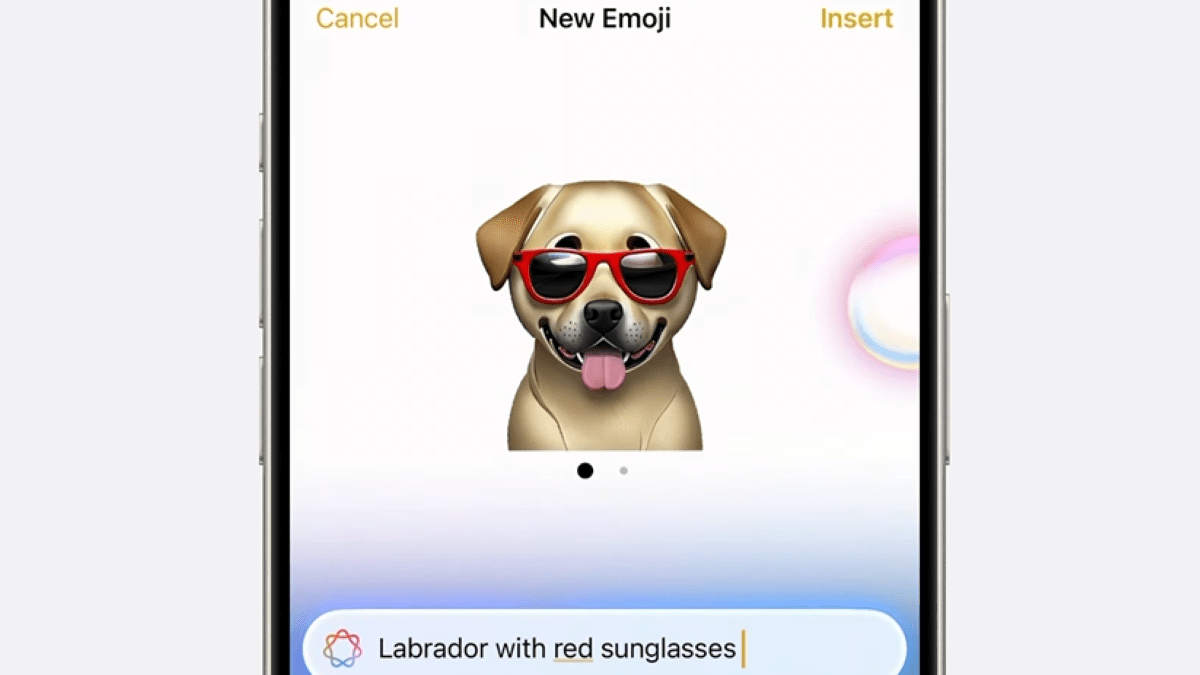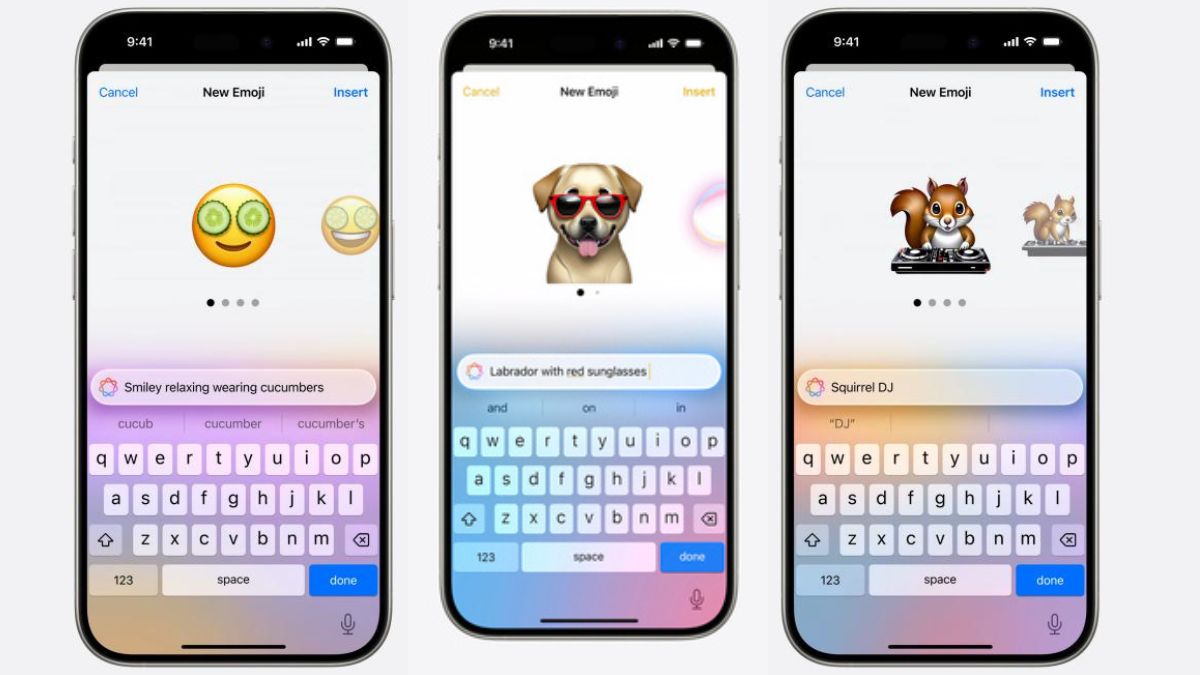Trello started experiencing issues early on Feb. 13, throwing workplaces that rely on the list-making application into chaos. This has left sites that rely on a smoothly running backend rather frustrated (*annoyed grumble*).
As with anything digital, Trello is bound to experience the occasional outage. When that happens, there are a few places you can check for information about problems, report your own issues, and check out a timeline tracking the outage.
The first and easiest location for information about Trello is the Trello status website. You’ll find it with any quick Google search for “Trello Status.” When the site is experiencing issues, it will note that “Trello is slow or unavailable” and also that Trello’s “engineering team is actively investigating this incident and working to bring Trello back up to speed as quickly as possible.”

The site also contains a handy graph detailing the history of each of Atlassian’s products when it comes to outages. In addition, following @TrelloStatus on X (formerly Twitter) will keep users up to date on any changes or crashes within the Trello system.
Another option for a slightly more thorough look at Trello outages is downdetector. The website — which specializes in these precise kinds of outages — tracks them and allows users to report issues and provides a timeline of problems.

We hope and pray the Trello issues will be resolved soon, as we’ve got things to cover.










Published: Feb 13, 2024 03:55 am